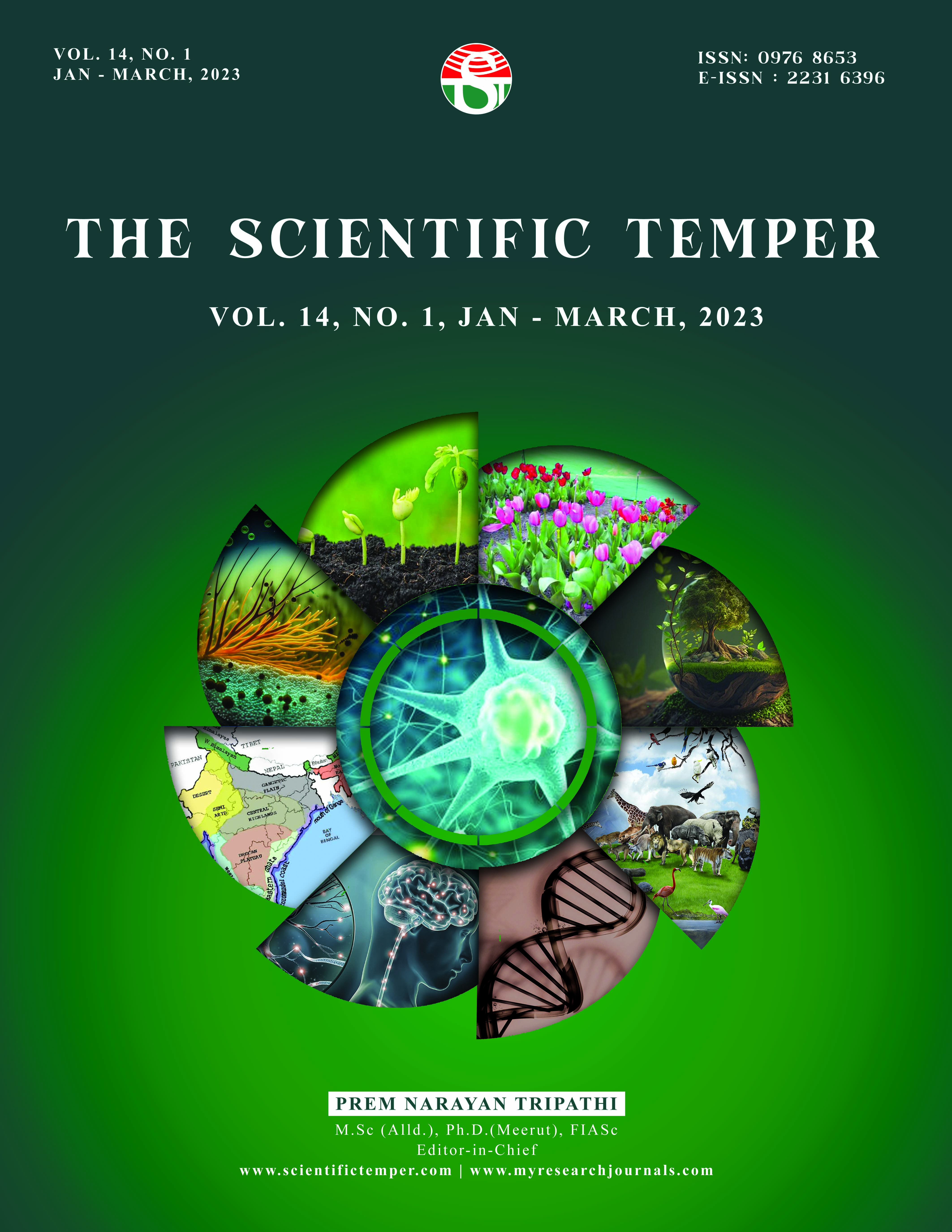Multi-response optimization for AISI M7 Hard Turning Using the utility concept
Downloads
Issue
Section
The utility idea is used to optimize AISI M7 hard turning in the present study. This study uses the Taguchi optimization approach to examine the effects of insert nose radius and machining parameters such as cutting speed, feed rate, and depth of cut on surface roughness (Ra) and material removal rate (MRR) in a turning operation. The signal-to-noise (S/N) ratio is used to analyze the performance characteristics in the turning of AISI M7 employing nose radius of 0.4, 0.8, and 1.2 mm carbide inserts on CNC turning centre in a three-level, four-parameter design of experiment using L9 orthogonal array using MINITAB 17. Every trial is held in a dry setting. According to the results of the current investigation, feed rate and nose radius are the most important variables affecting surface roughness and material removal rate.Abstract
How to Cite
Downloads



